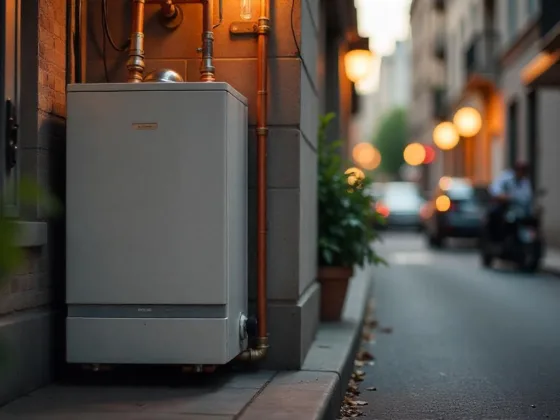Table of Contents Show
Picking up a bedsheet from a supermarket seems so easy, but for some, it is not. Those who know all about the fabrics used in bedding cannot easily decide it in a few moments.
What if someone says that there are more than ten fabrics to choose from? You will be astonished, won’t you? There are many fabrics but identifying the most suitable one is a tough job.

Yes, there are many fabric materials to choose from. The most common one is cotton, usually for bed sheets and pillowcases.
But more complex items like quilt cover sets may have up to 3 layers of different fabrics.
Here are some of the standard fabrics used in the making of bedding items:
1. Cotton
It is one of the most preferred fabrics for bedding and sheets. It is soft, durable, and breathable.
There are different types of cotton available due to the different weaving or methods of treatment
Egyptian Cotton
It is a luxury variety of cotton materials. It is super-soft and the best choice for a luxurious bed sheet.
It has extra-long fibres that make it the softest, smoothest fabric of all
Pima Cotton
It is famous for its natural sheen and softness. It contains medium to extra-long fibres, which makes it ideal for bedsheets.
Upland Cotton
It is one of the commonly grown cotton in the world. Its fibres are not as long as Pima or Egyptian cotton or not as soft as them.
Many cotton sheets are made of Upland cotton if you observe. And as it is not at par with Egyptian or Pima in quality, it is generally cheap.
Supima®:
It is a trademark name for materials woven from 100% Pima cotton.
MicroCotton®
It is also a trademarked brand of extremely fine cotton thread made in India. It is durable and made from long-staple fibres.
It is very soft as well as has absorbent properties.
Cotton Jersey: It is the cotton fabric that is knit and not woven. It is the same material used in the making of cotton T-shirts.
Percale: It is a closely woven cotton fabric that has a plain weave. It has a 180 plus thread count.
Combed cotton: This cotton fabric gets treated to remove all the short fibres during the manufacturing process, leaving a smooth fabric for bedding and clothing items.
Read Also:
2. Linen
It is made from the stems of flax plants and is generally used for making sheets, pillowcases, and durable duvet covers.
It is hypoallergenic and breathable. It doesn’t absorb moisture and grows stronger and softer with use.
3. Polyester
It is one of the artificial fibres produced from the same polymer used to make plastic bottles.
It is pretty stiff and scratchy to use; hence, it is mixed with another thread, often cotton, to make inexpensive quilt cover sets, bedsheets, and many more items.
Microfibre: Microfibre is a finely woven polyester. It is very soft but not as breathable as cotton, so sleeping on a microfibre bed sheet may not be that great.
It usually is durable and resists stains, making it perfect for children’s bedrooms.
Nylon: A strong, durable synthetic material, a good choice for soft and shiny bedsheets with wrinkle resistance.
The material is subjected to pilling after a few washes, and sunlight diminishes the quality of the material.
Acrylic: It is another synthetic material and not as comfy as natural fibres. It is wrinkle-resistant and is used to make colourful bedding items like comforters and blankets rather than sheets.
For this material, careful washing is recommended from the beginning itself.
4. Silk
As everyone knows, silk is made of the soft fibre produced by silkworms. It is hard to create an alternative to natural silk.
They are cool, soft, and sensuous, making them perfect for loungewear. It is an expensive item and considered a luxury. It is delicate and should be washed with care.
5. Bamboo
Fabrics made of bamboo fibres are stiff, but it is soft, durable and gives a silky feel. It is harmful to the environment because of the chemical process the bamboo has to go through to get the final product making it less environment friendly.
6. Blends
There are many blended fabrics, but a cotton-polyester blend is the common one you will see.
Cotton-bamboo, cotton-rayon, and nylon-polyester are some other blends you will see in the market. These are usually inexpensive, durable, and wrinkle-resistant.
These are just the primary varieties of fabrics you can buy from any shop. There are many more types that are made by blending and quilting multiple fabric materials.
So, choose the one you would like to see in your bedroom and the one that makes you feel comfy.









